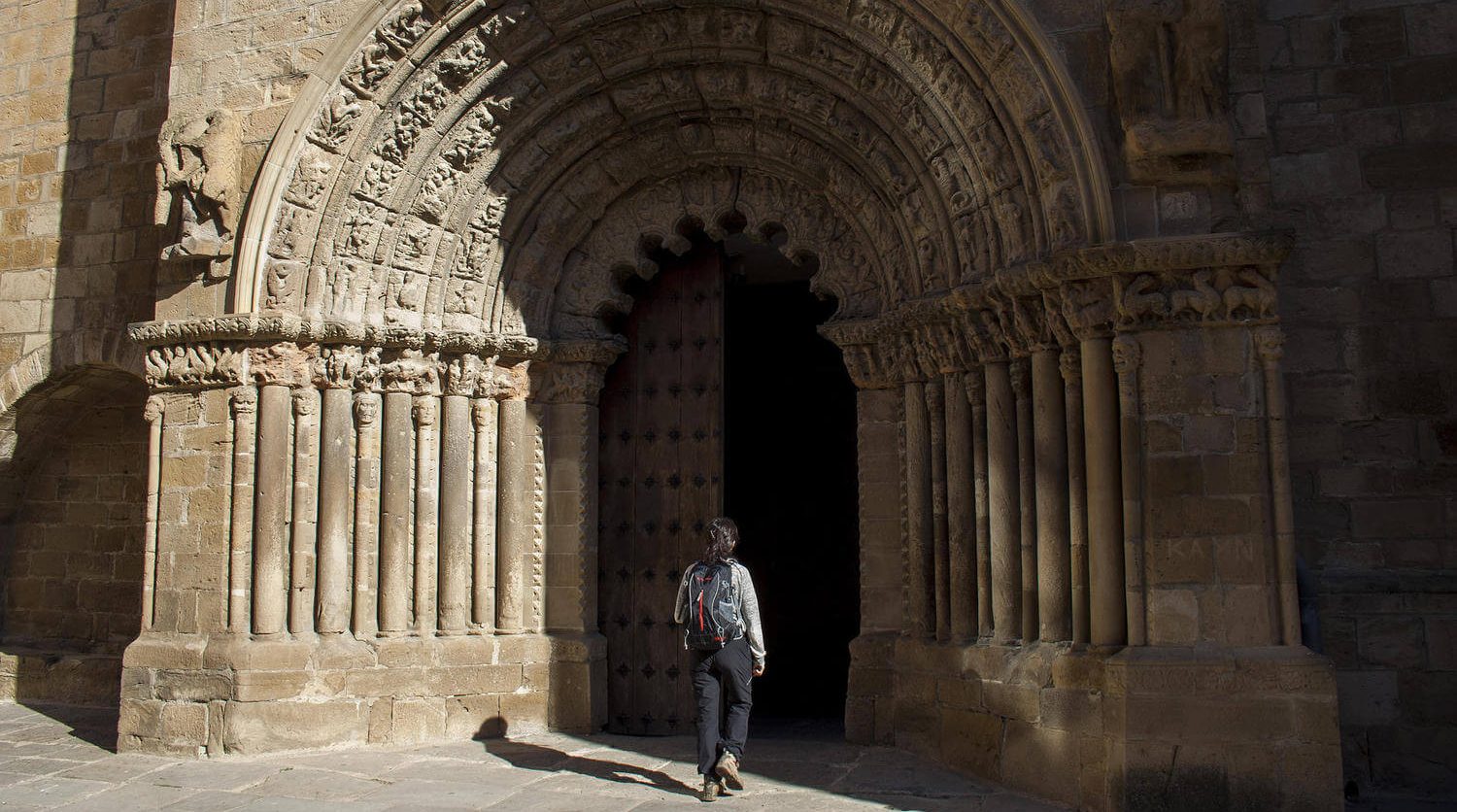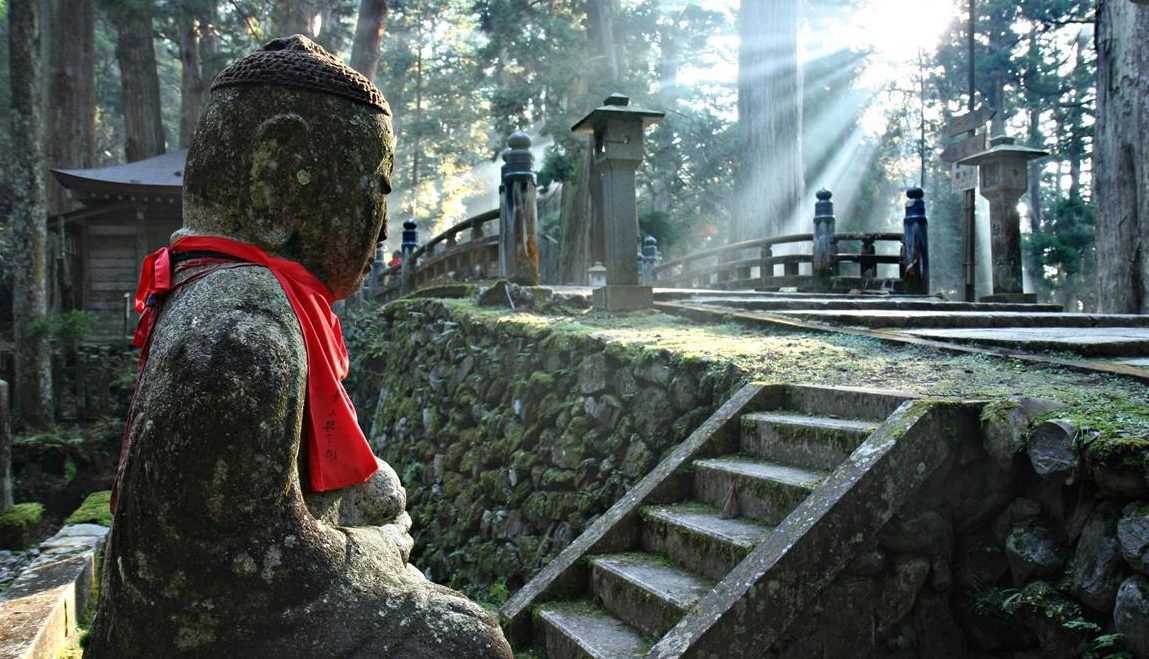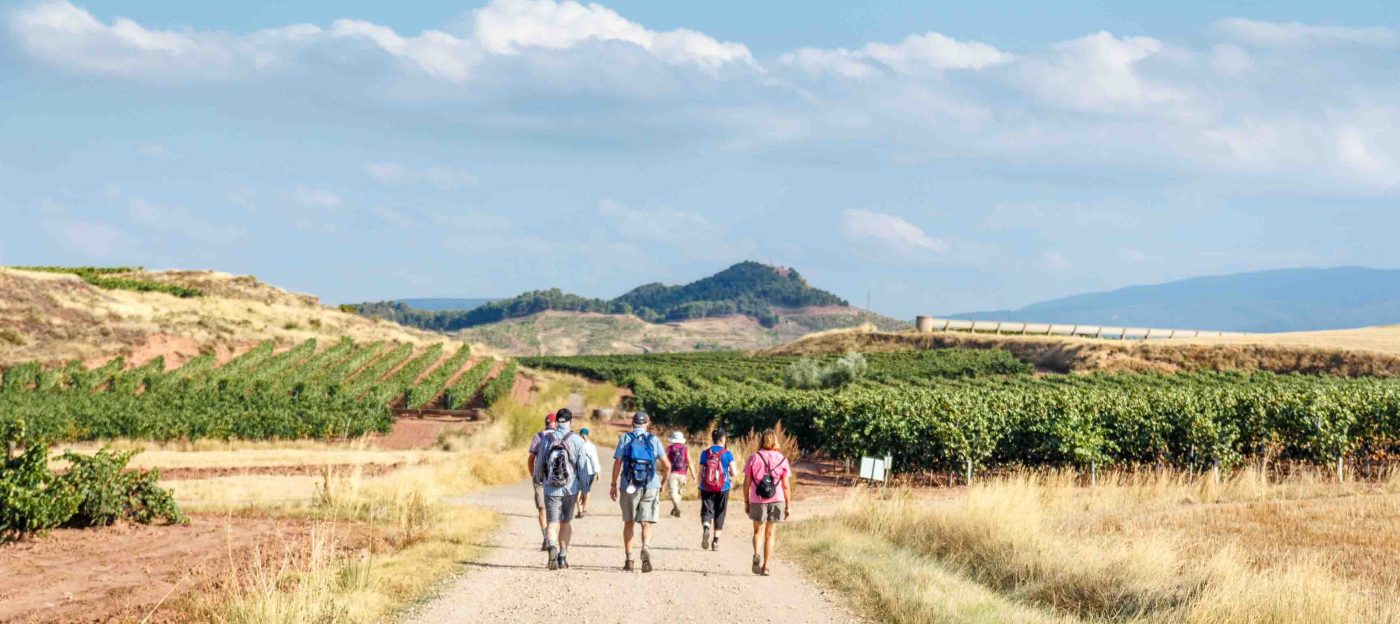
How to Become a Dual Pilgrim, and More Importantly, Why…?
A “Dual Pilgrim” is someone who has walked both the Kumano Kodo and the Way of St.James (Camino de Santiago).
The Dual Pilgrim initiative unites two UNESCO world heritage listed walks, El Camino in Spain and the Kumano Kodo in Japan.
The El Camino is a series of routes that converge on the medieval city of Santiago de Compostela, where St James, one of Jesus’ twelve apostles is buried, and it’s been a pilgrimage for Christians for over a thousand years.
The Kumano Kodo is also a series of routes, that lead you to and between three sacred shrines, and it’s a pilgrimage that Emperors, Samurai, Buddhists and nature worshipers have been making for over a thousand years too.
So from that perspective they’re similar, however the natural environments you’ll find yourself in, and the experiences you’ll enjoy are as different as you can probably get.
The Way of St James
The overwhelming majority of those who walk the El Camino take the ‘French Way’ – which means you’ll cross the mountainous boundary between France and Spain – the Pyrenees. You’ll be crossing a lot further north than Hannibal and his famous elephants did, but it’s the same imposing barrier nonetheless.
Further along the northern coast of Spain you’ll also skirt the fierce looking Picos de Europa mountains, however apart from these two regions, you’ll be walking, for the most part, through a variety of agricultural landscapes that have been shaped by generations of farmers tilling the land, and feeding the population for thousands of years.
Rolling fields of cereals, olive groves, vineyards and the lush green pastures of the Cantabrian coast, interspersed with picturesque villages and cobbled lanes lined with sunflowers, Roman bridges and gothic cathedrals.
Another benefit of this agricultural heritage, of course, is that every night you get to dine on dishes that are unique to the region, drink wine that’s probably bottled around the corner, and finish off with a cheese that might never even be seen outside of the province you’re in. Lucky you.

The Way of Ancient Samurai
The Kumano Kodo starts off with mountains too, and it pretty much stays there no matter what route you take. The rugged mountains of the Kii Peninsula strike into the sky right from the coast, and are the main geographic feature of the walk throughout.
Towering cedar trees, cherry blossoms and bamboo forests abound, and the agricultural influence can only be seen in the odd rice paddy clinging to the hillsides now and again.
There are waterfalls, plunging valleys, hot springs and beautiful little villages too, however there’s no denying the fact that this is a landscape that’s seen a much lighter touch from the hand of man.
Nevertheless, dining is also a major feature for people who walk the Kumano. Pilgrims will generally stay overnight in traditional Ryokan’s, and be served a series of small dishes reflecting the natural surrounds, such as drowned bee beer, made from the Japanese Giant Hornet!
A totally different, yet equally immersive experience.
If you complete them both you’re given a certificate and a badge, and if you like, you’re listed on the Dual Pilgrim website. A picture of you receiving your certificate next to your name, and the date you completed the task.
We’ll cover what you have to do, to achieve Dual Pilgrim status further on, however, in the meantime I think the more interesting question is – why do people walk pilgrimages in the first place?
What is a pilgrimage anyway?
In ancient times it was a journey to a place of spiritual significance, where the journey itself was almost as important as the destination.
Most religions seem to have a pilgrimage route, or two, that help bring followers together, sharing stories and reaffirming their dedication to the faith, and this kind of pilgrimage is alive and well.
The Muslim pilgrimage to Mecca, for example, is the largest annual gathering of humans in the world. And every twelve years, the Hindu ‘Kumbh Mela’ results in what’s thought to be the largest gathering of humans, ever, with 120 million pilgrims bathing in a sacred river at Allahabad in 2013.
But do all pilgrimages have to be religious?
Not necessarily. The Aborigine tradition of Walkabout is a pilgrimage of sorts. It’s not particularly religious, and there’s no particular destination. The ultimate goal being to return home having experienced growth and transformation.
I think it’s this kind of pilgrimage that drives the majority of Dual Pilgrims today. People walking not to simply reach a destination, sacred or otherwise, but to experience the journey in its fullest.
This is what Segundo Perez Lopez, Dean of the Cathedral of Santiago de Compostela, has to say about the people who walk the Way of St James today.
“The current situation of crisis in the world, and personal searching, leads oneself to get out on the pilgrimage route, to try to find oneself, and transcend, making sense of our existence.”
Notice he doesn’t mention anything about religion, or god. Even for a Catholic priest he recognises the more personal, spiritual nature of many pilgrims today.

So what do you have to do?
Camino de Santiago
Complete one of the Way of St. James routes, walking the final 100km on foot or by horse, or the last 200km by bicycle.
Kumano Kodo
No bikes or horses allowed on the Kumano, so you have to walk any of the following routes:
– Takijiri-oji to Kumano Hongu Taisha – 38 km
– Kumano Nachi Taisha to/from Kumano Hongu Taisha – 30 km
– Hosshinmon-oji to Kumano Hongu Taisha – 7 km – plus a visit to Kumano Hayatama Taisha and Kumano Nachi Taisha
– Koyasan to Kumano Hongu Taisha – 70 km
How to prove it.
If you start with the Kumano, simply register at the Kumano Hongu Heritage Centre, or the Tanabe Tourist Information Centre.
You’ll be given a Passport to stamp in little wooden stands at most of the temples. One side of the passport is for Kumano, the other for the Way of St. James.
If you start with the Camino, register at the Santiago Tourist Office. You won’t get a passport starting here, but you’ll be able to get a certificate that you can present in Japan when you finish.
What happens at the end.
If you complete the two at Santiago, you’ll be given a badge in the Santiago tourist without much fanfare or celebration. If you finish the Kumano Kodo, however, there’s a special Taiko Ceremony at the Kumano Hongu Taisha.
You’ll be invited to express your spiritual journey, thoughts and emotions in the physical realm by banging on the sacred Taiko drum. Please note – you’ll need to register for the ceremony at the office of the Kumano Hongu Taisha shrine.
You’ll also receive a certificate from the Head Priest, made from local Washi Japanese handmade paper, and featuring the character for “Way” in the background. A unique memento of your achievement.

So what do you think? Are you tempted?
Do you need a badge, or even a reason to visit some of the most beautiful places on earth, walk through fields and forests, feel the fresh air on your face and you soak up the natural wonders and cultural diversity of both locations…?
Find out more about our Kumano Kodo walks and Camino de Santiago walks. Book now online or call us on +44 808 304 8701.
Are you seeking spiritual growth?
Or do we overthink these things sometimes, and perhaps, you just need a bit of a break from the norm, and you like walking around in the outdoors!
Thoughts anyone..?


There are no comments, be the first to comment.